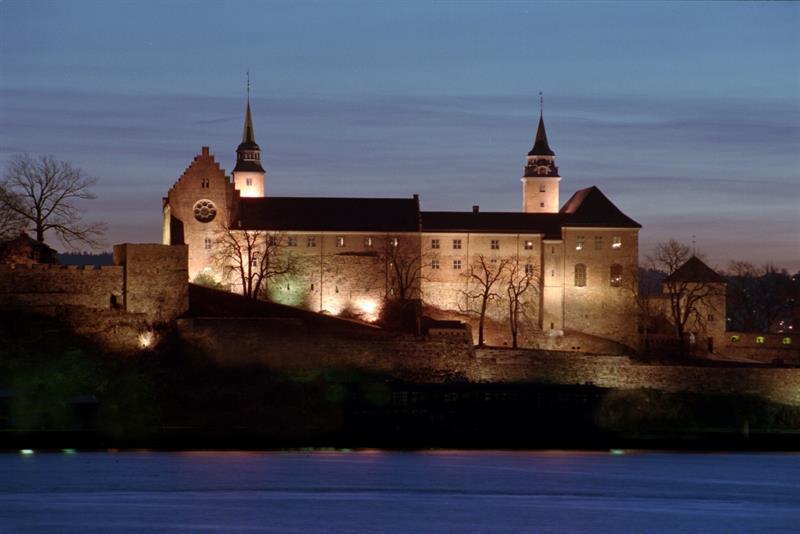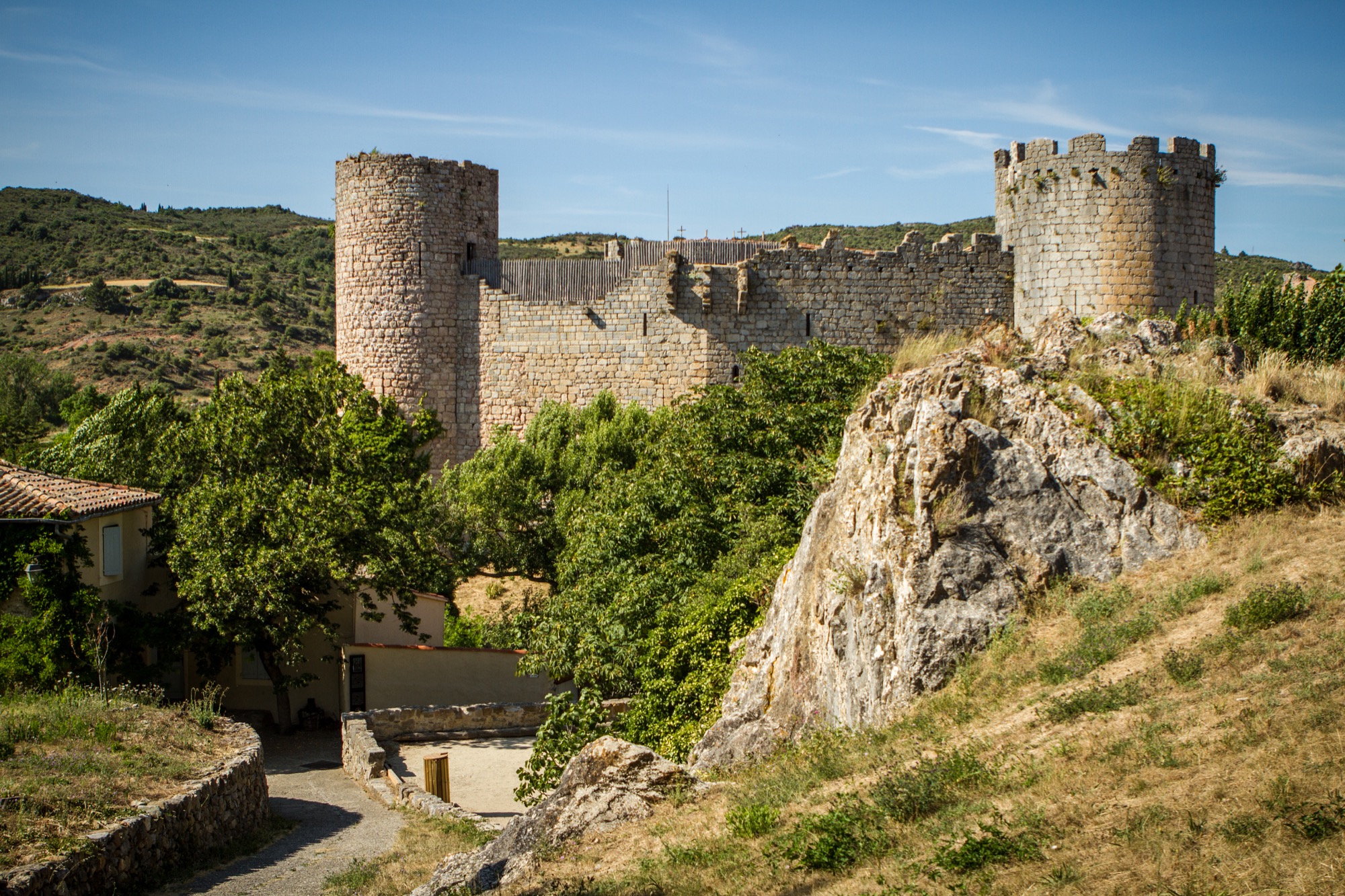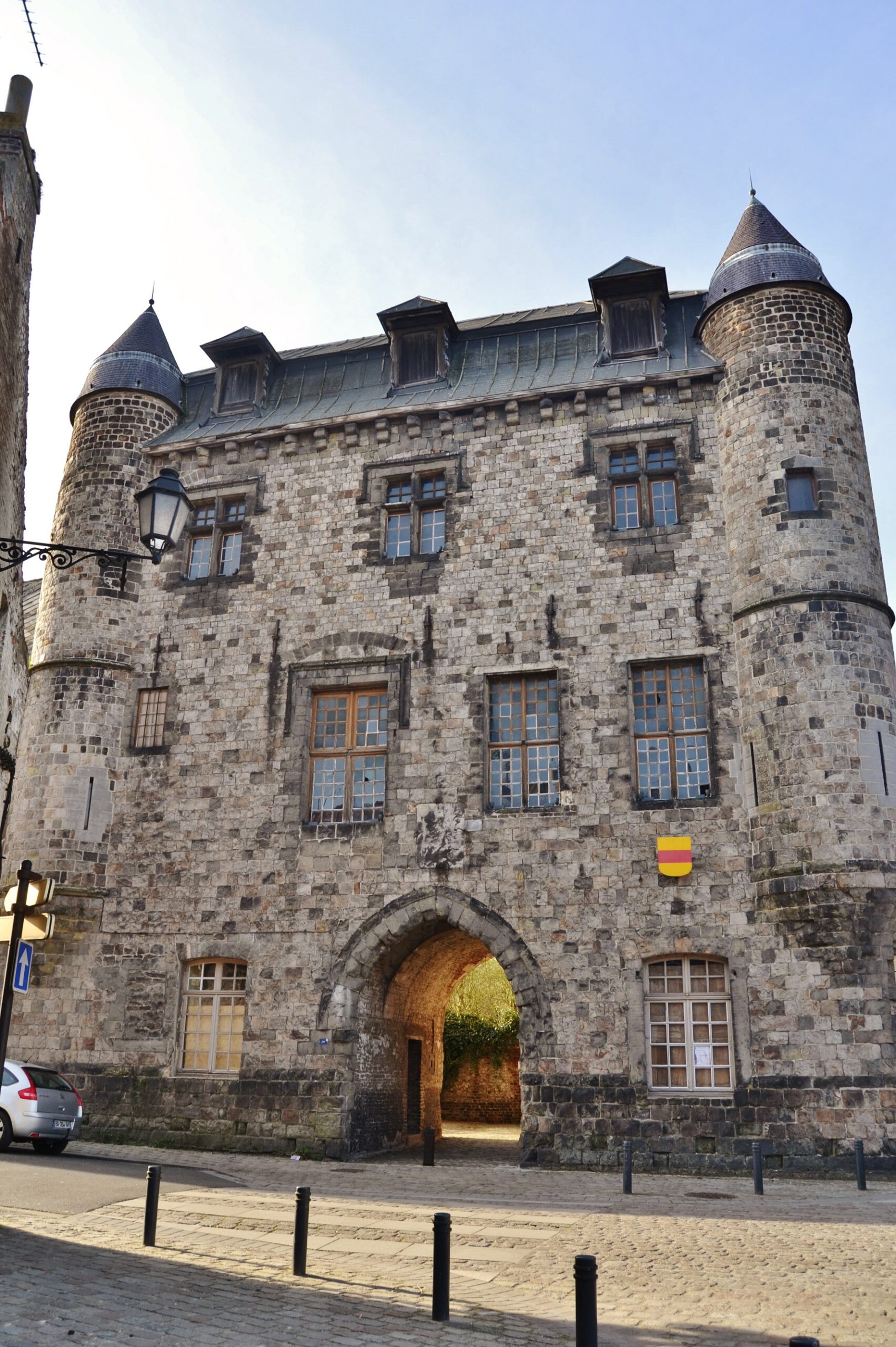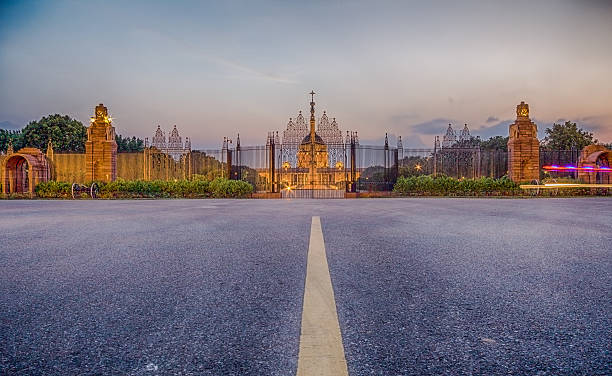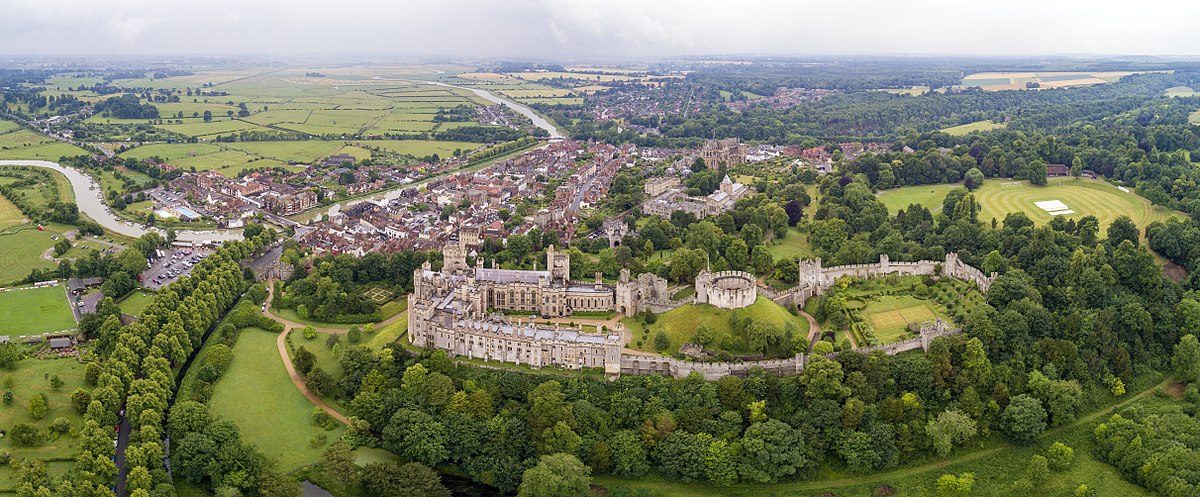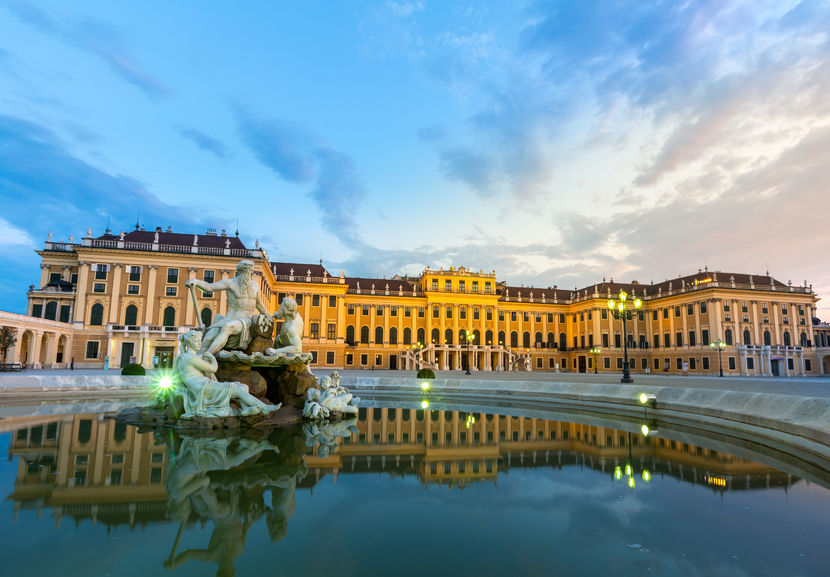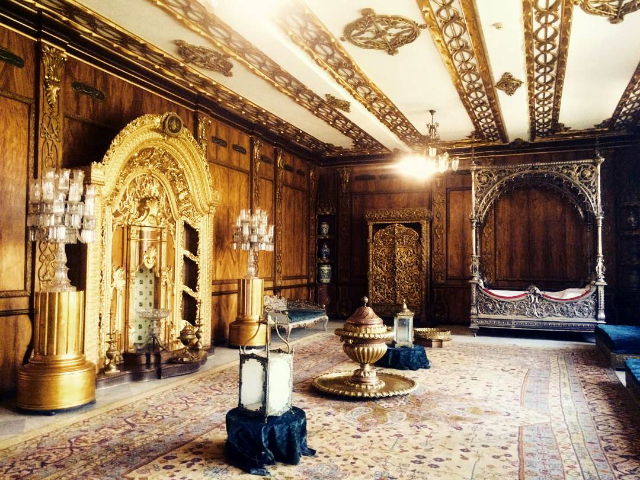Akershus Fortress or Castle is a medieval castle that was built to protect Oslo, the capital of Norway. The first construction on the castle started around the late 1290s, by King Haakon V, replacing Tønsberg as one of the two most important Norwegian castles of the period (the other being Båhus). It was constructed in response to the Norwegian nobleman, Earl Alv Erlingsson of Sarpsborg’s earlier attack on Oslo.
The fortress has successfully survived all sieges, primarily by Swedish forces, including those by forces led by Charles XII in 1716. In the early 17th century, the fortress was modernized and remodeled under the reign of the active King Christian IV, and got the appearance of a renaissance castle.
The fortress was first used in battle in 1308, when it was besieged by the Swedish duke Eric of Södermanland, whose brother won the Swedish throne in 1309. The immediate proximity of the sea was a key feature, for naval power was a vital military force as the majority of Norwegian commerce in that period was by sea. The fortress was strategically important for the capital, and therefore, Norway as well. Whoever controlled Akershus fortress ruled Norway.
The fortress has never been successfully captured by a foreign enemy. It surrendered without combat to Nazi Germany in 1940 when the Norwegian government evacuated the capital in the face of the unprovoked German assault on Denmark and Norway (see Operation Weserübung). During World War II, several people were executed here by the German occupiers. The fortress was liberated on 11 May 1945, when it was handed over to Terje Rollem on behalf of the Norwegian resistance movement. After the war, eight Norwegian traitors who had been tried for war crimes and sentenced to death were also executed at the fortress. Among those executed were Vidkun Quisling and Siegfried Fehmer.
Akershus has also been a prison, a section of it known as The Slavery as the prisoners could be rented out for work in the city. It has housed many rebels and criminals through Norwegian history. Particularly well-known people to have been imprisoned there include author Gjest Baardsen (1791–1849), and the similarly idealized thief Ole Høiland. Also, many early Norwegian socialists (supporters of Marcus Thrane, 1817–1890) also spent time in the cells of Akershus.
Following the 1852 Laestadian Sámi revolt in Guovdageaidnu, all men except the two leaders Aslak Hætta and Mons Somby (who were beheaded in Alta) ended up in Akershus Fortress – the women were imprisoned in Trondheim. Many of the rebels died after a few years in captivity. Among the survivors was Lars Hætta (18 years at the time of imprisonment), who during his stay was allowed time and means to write the first translation of the Bible into North Sámi.
After the main building has undergone restoration, it has been used for official events and dinners for dignitaries and foreign heads of state. Akershus fortress is still a military area, but is open to the public daily. In addition to the castle, the Norwegian Armed Forces Museum and Norway’s Resistance Museum can be visited there. The Norwegian Ministry of Defence and Defence Staff Norway (armed forces headquarters) have a joint modern headquarters in the eastern part of Akershus Fortress.
Norwegian Royalty have been buried in the Royal Mausoleum in the castle. They include King Sigurd I, King Haakon V, Queen Eufemia, King Haakon VII, Queen Maud, King Olav V and Crown Princess Märtha.
References:
Wikipedia
